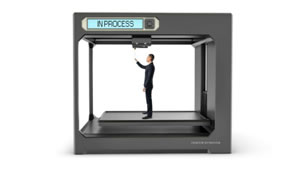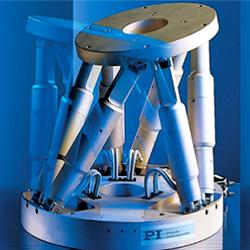Europe looks at 3D printing to pursue its industrial renaissance
 Jorge Valero for EURACTIV.com: The European Commission backs additive manufacturing as one of the pillars to strengthen its industrial sector and step up efforts to maintain the EU’s global advantage.
Jorge Valero for EURACTIV.com: The European Commission backs additive manufacturing as one of the pillars to strengthen its industrial sector and step up efforts to maintain the EU’s global advantage.
Europe is looking for durable sources of economic growth. As the ECB will soon start phasing out its massive monetary stimulus, the EU authorities see trade deals as a valid tool to boost European GDP. Within our borders, the European Commission and experts acknowledge that the industrial sector still holds a great untapped potential, in particular against the backdrop of the ongoing industrial revolution.
Within our borders, the European Commission and experts acknowledge that the industrial sector still holds a great untapped potential, in particular against the backdrop of the ongoing industrial revolution.
“The issue is not whether manufacturing is or should be important for economies, nor is it how many manufacturing jobs to have or save,” the Bruegel think tank said in a study published last week.
The authors called for creating the right conditions for facilitating higher-value added jobs across sectors.
EU officials explained that Commission President Jean-Claude Juncker is expected to announce during his state of the union address on 13 September a new industrial policy communication to review the progress made in this field and the opportunities ahead in the context of the digital disruption. Full Article:
Comments (0)
This post does not have any comments. Be the first to leave a comment below.
Featured Product

